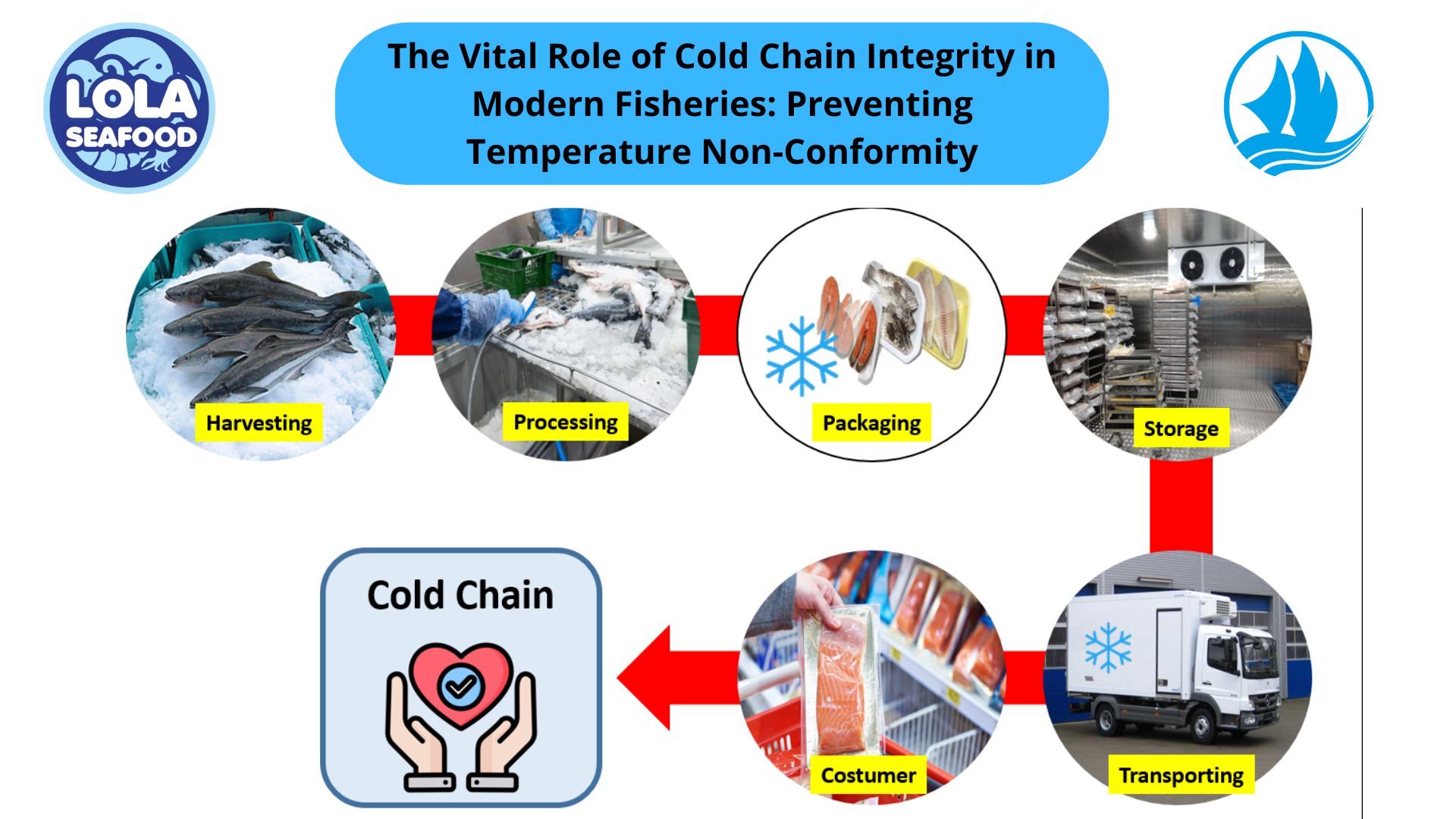Barcodes
By. Najih - 03 Apr 2024.jpg)
A barcode or bar code is a method of representing data in a visual, machine-readable form. Barcodes represented data by varying the widths, spacings and sizes of parallel lines. Barcodes have proved to be incredibly useful for managing the inventories of individual and bulk food product.
Benefits using barcodes in food industry :
Efficient Product Identification: Contain product information such as the manufacturer, product name, and unique identifier, which can be easily scanned and processed by barcode scanners. This streamlines inventory management, pricing, and checkout processes, saving time and reducing errors.
Enhanced Traceability: Each barcode is unique to a specific product, allowing for precise tracking from production to distribution to retail. In case of any quality or safety issues, the barcode data can be used to identify the affected products and quickly initiate recalls, ensuring consumer safety and reducing the potential for widespread contamination.
Inventory Management: Barcodes simplify inventory management in the food industry. By scanning barcodes during receiving, storage, and shipping processes, businesses can maintain accurate stock levels, track expiration dates, and manage product rotation efficiently. This minimizes waste, prevents stock-outs, and optimizes supply chain operations.
Accurate Pricing: Barcodes enable accurate and consistent pricing of food products. When barcodes are scanned at the point of sale, the corresponding product information is retrieved, including the price. This ensures that customers are charged correctly, eliminates manual pricing errors, and facilitates seamless transactions.
.jpg)
The Impact of HACCP-Based Integrated Quality Management Programs on the Quality and Competitiveness of Fresh Demersal Fish Products
 and Employee Productivity on the Demersal Fish Processing Floor.jpg)


.jpg)



